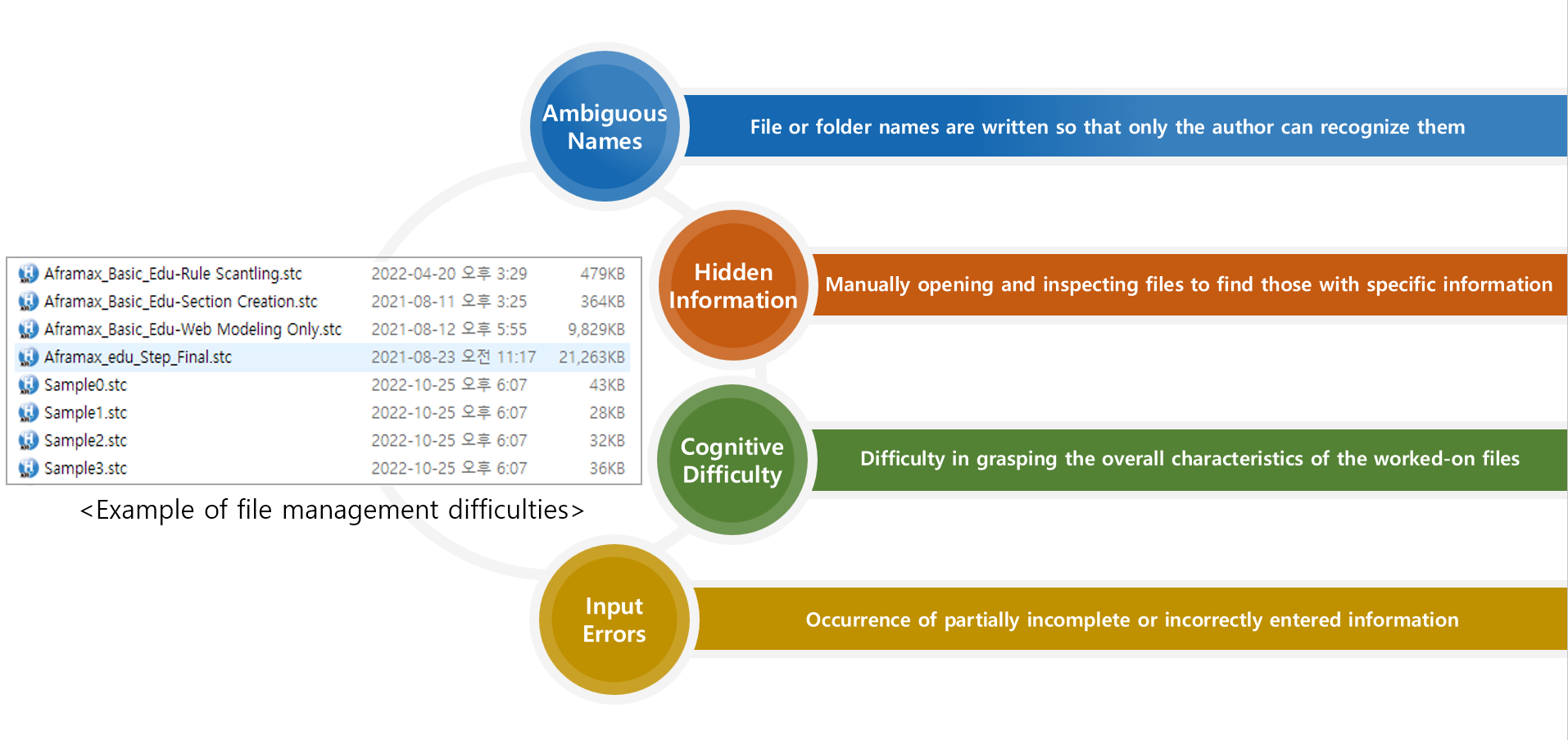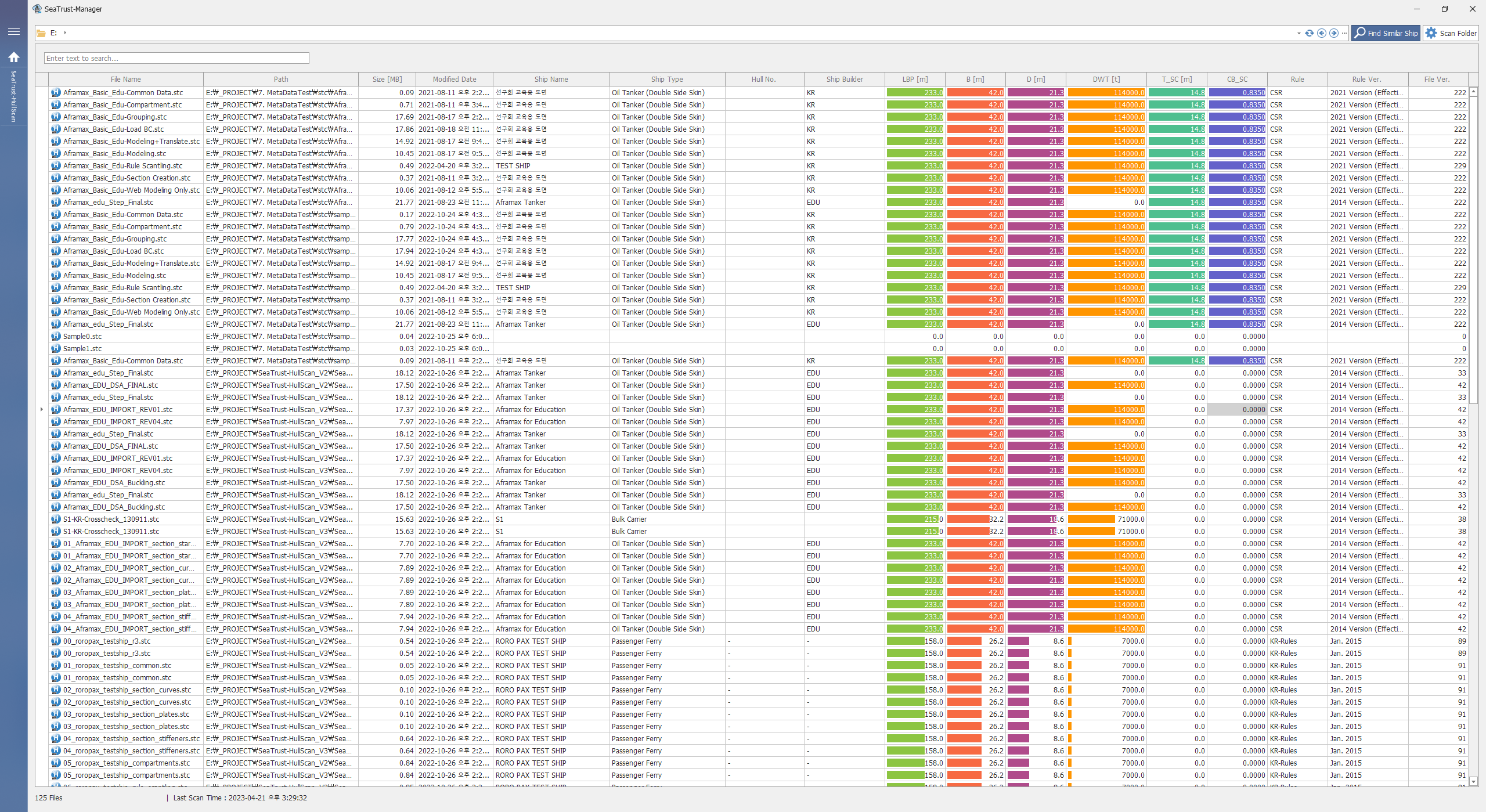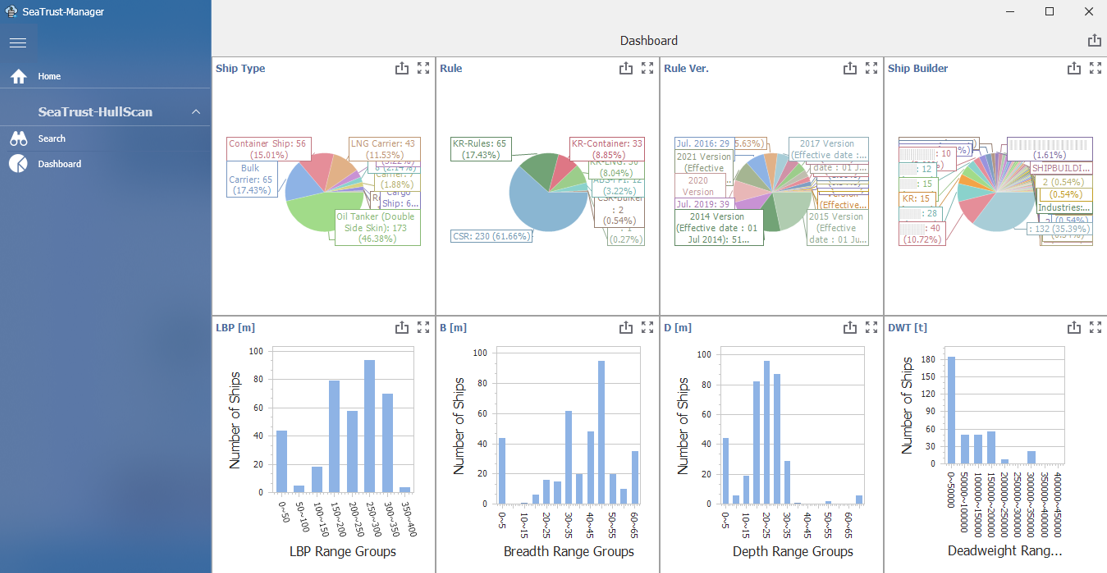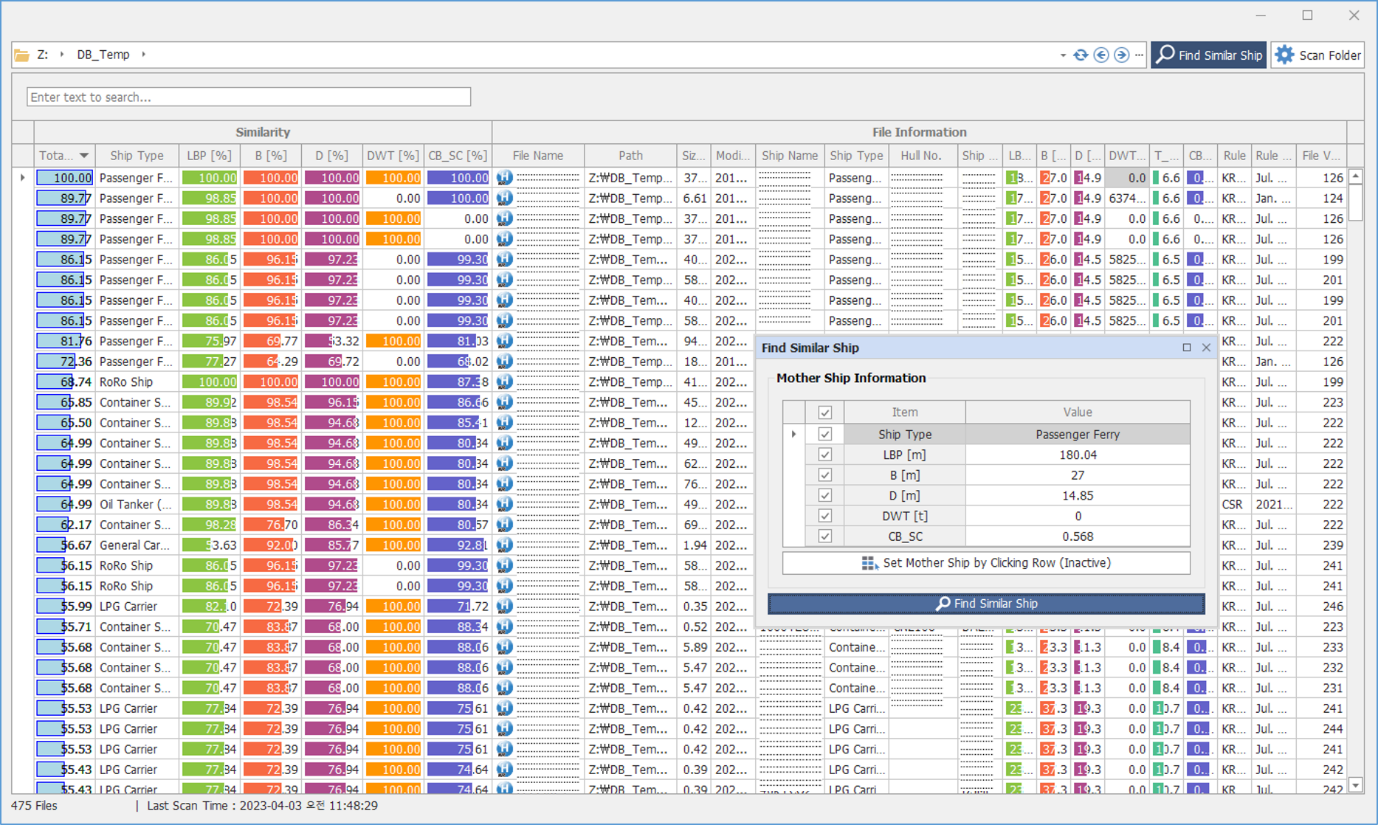-
- MEPC 80 - News Final
- Requirements Implemented by Korean Authorities on Ballast Water Management in Reaction to Release of Treated Wastewater from Fukushima Nuclear Power Plant
- Notice for Amendments to the KR Technical Rules (Guidance Relating to the Rules for the Classification of Steel Ships Pt 6)
- Notice for Amendments to the KR Technical Rules (Part 2 of the Rules: Test Block Size of Steel Castings)
- Considerations for Compliance with the Hong Kong Convention (HKC) (Entering into force on June 26, 2025)
- MEPC 80 - News Final
- Requirements Implemented by Korean Authorities on Ballast Water Management in Reaction to Release of Treated Wastewater from Fukushima Nuclear Power Plant
- Notice for Amendments to the KR Technical Rules (Guidance Relating to the Rules for the Classification of Steel Ships Pt 6)
- Notice for Amendments to the KR Technical Rules (Part 2 of the Rules: Test Block Size of Steel Castings)
- Considerations for Compliance with the Hong Kong Convention (HKC) (Entering into force on June 26, 2025)
-
- MEPC 80 - News Final
- Requirements Implemented by Korean Authorities on Ballast Water Management in Reaction to Release of Treated Wastewater from Fukushima Nuclear Power Plant
- Notice for Amendments to the KR Technical Rules (Guidance Relating to the Rules for the Classification of Steel Ships Pt 6)
- Notice for Amendments to the KR Technical Rules (Part 2 of the Rules: Test Block Size of Steel Castings)
- Considerations for Compliance with the Hong Kong Convention (HKC) (Entering into force on June 26, 2025)
JANG Miseon ICT Solution Team
■ Background
KR possesses a diverse series of design and approval technology software under the name 'SeaTrust.' Individual software components have been consistently used by professionals both inside and outside KR, evolving gradually through feedback. However, as the duration of software usage increased, the files generated by the program became vast, causing inconvenience in reusing working files. Furthermore, there is a need to understand the characteristics and progress of the completed files.
■ Objectives and Scope of Development
The goal of SeaTrust-Manager is to provide a management solution utilizing metadata from SeaTrust series files in customer computer environments. Metadata refers to descriptive or structural information about data or content. For example, a photo taken with a smartphone includes metadata such as the time of capture, GPS location, photo size, resolution, and more.
In the initial version of SeaTrust-Manager, we focused on SeaTrust-HullScan, the most widely used program in the SeaTrust series for hull design and structural strength assessment, to explore the potential of metadata utilization. The core functionalities include providing visibility of metadata for each file in a single line and enabling quick searches of multiple files. Additionally, it allows users to classify and analyze file data in various ways.

▲ Figure 1. Problem to Solve in SeaTrust-Manager V1 |
■ Key Features
○ File Search
Comprehensive file searching can be performed by entering a folder path. When you perform a search in the path input field, it retrieves information on all files found, including those in subfolders. The search results are displayed in tabular form, with one-line information for each file.
Users can easily identify details like ship name, ship type, hull number, ship builder, main dimensions, applied rule versions, and file versions. This reduces the effort of having to open software individually for data verification and makes it relatively easy to grasp a large amount of data immediately. The search table offers various user classification functions, including global keyword search, keyword search by column, ascending/descending sorting, value or range filtering, and column-based grouping. Users can combine these methods to help find the most suitable files.

▲ Figure 2. Example of SeaTrust-HullScan File Information from Path Search |
Furthermore, it offers the advantage of visualizing characteristics such as ship specifications and applied regulations based on the retrieved data. This is particularly beneficial when dealing with a large volume of files containing various projects on a PC.

▲ Figure 3. Visualization of Searched File Characteristics |
○ Finding Similar Ships
The similar ship search feature allows users to sort files based on how closely they match a reference vessel's major dimensions. By entering the ship type and key dimensions of the reference vessel, it displays the percentage of similarity between each file's characteristics and the set reference ship, sorting them by similarity percentage. The program includes guidance on decisions of similarity, and users can exclude elements they do not wish to use in the decision.

▲ Figure 4. Finding Similar Ships |
○ Indexing Folder
During file searches based on folder paths, there is a task to separately store information about completed searches. Consequently, once a folder path has been searched, file information can be quickly searched. This process is known as indexing. The folder indexing settings display a list of indexed folders and the time taken for indexing.
It also includes manual indexing to ensure sufficient responsiveness when changes occur in the current path, such as file additions or deletions. Users can directly set the indexing update interval. The system automatically updates the registered folder paths when the specified interval is reached. Moreover, multi-threading is applied to ensure normal program usage, including path searches, even during automatic indexing.
■ Expected Benefits and Future Development Plans
The development of SeaTrust-Manager has allowed us to explore the operational and application possibilities of user-generated program files beyond SeaTrust software's primary functions.
By prioritizing its application to the SeaTrust-HullScan program, which has a large user base and extensive usage history, we have demonstrated the initial draft of a support program that can encompass the software series.

▲ Figure 5. Improved Effects Through Program Development |
In the future, we plan to expand usability for other SeaTrust software and apply various metadata to suit the characteristics of individual programs, making it easier to utilize the series of products.
The developed program can be downloaded from https://www.seatrust.kr/ and is freely available for use on PCs where SeaTrust-HullScan program files are currently installed.
